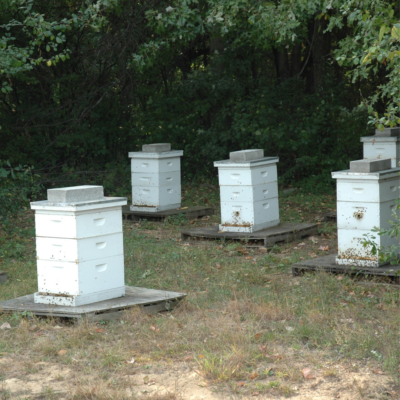Building bee hive boxes is a precise and purposeful process, crucial for providing a suitable habitat for bees and supporting their activities. The construction involves several key steps, each contributing to the functionality and durability of the final product.
The first step in building bee hive boxes is selecting the right materials. Typically, these boxes are made of wood, chosen for its durability and insulation properties. Common choices include pine or cedar. The wood should be untreated or finished with non-toxic coatings to ensure the health of the bees.
Once the wood is selected, it’s time for measurement and cutting. Precision is vital in crafting bee hive boxes, as each component must fit together seamlessly. The boxes are generally rectangular in shape, and careful attention is given to creating pieces that will form a snug, weather-resistant enclosure.
Assembling the boxes involves joining the cut pieces using techniques like dovetail joints or simple butt joints reinforced with screws or nails. The goal is to create a sturdy structure that can withstand the elements and protect the hive inhabitants. Ventilation is also considered, often achieved through the inclusion of screened openings or ventilation holes.
After assembly, the boxes may be treated with a non-toxic finish to protect the wood from the elements and increase its longevity. This step is essential for ensuring the hive’s durability and resistance to environmental factors.
Adding frames within the boxes is the next critical step. These frames provide support for the honeycomb structure where bees build and store honey. The frames need to fit precisely within the box, allowing for easy inspection and honey extraction.
Finally, the construction process involves the installation of a secure lid to protect the hive from external elements. The lid is typically hinged for easy access during hive inspections and maintenance.
In conclusion, building bee hive boxes is a precise process that involves material selection, accurate measurements and cutting, assembly with sturdy joints, finishing for protection, the inclusion of frames for honeycomb support, and the installation of a secure lid. The bee hive is the bread and butter of a beekeeping operation, thus we take the making of boxes seriously and want the best for our bees!




